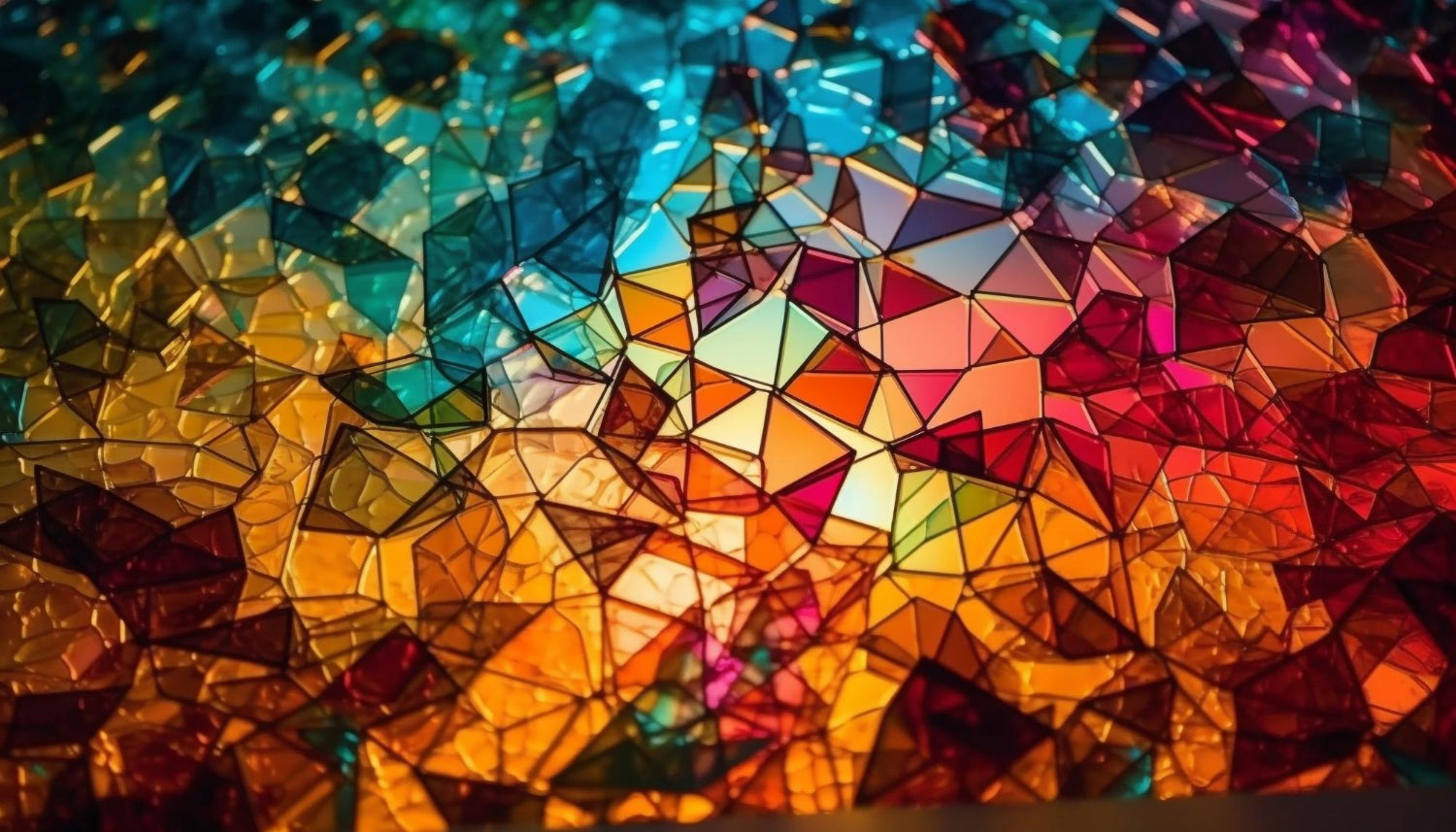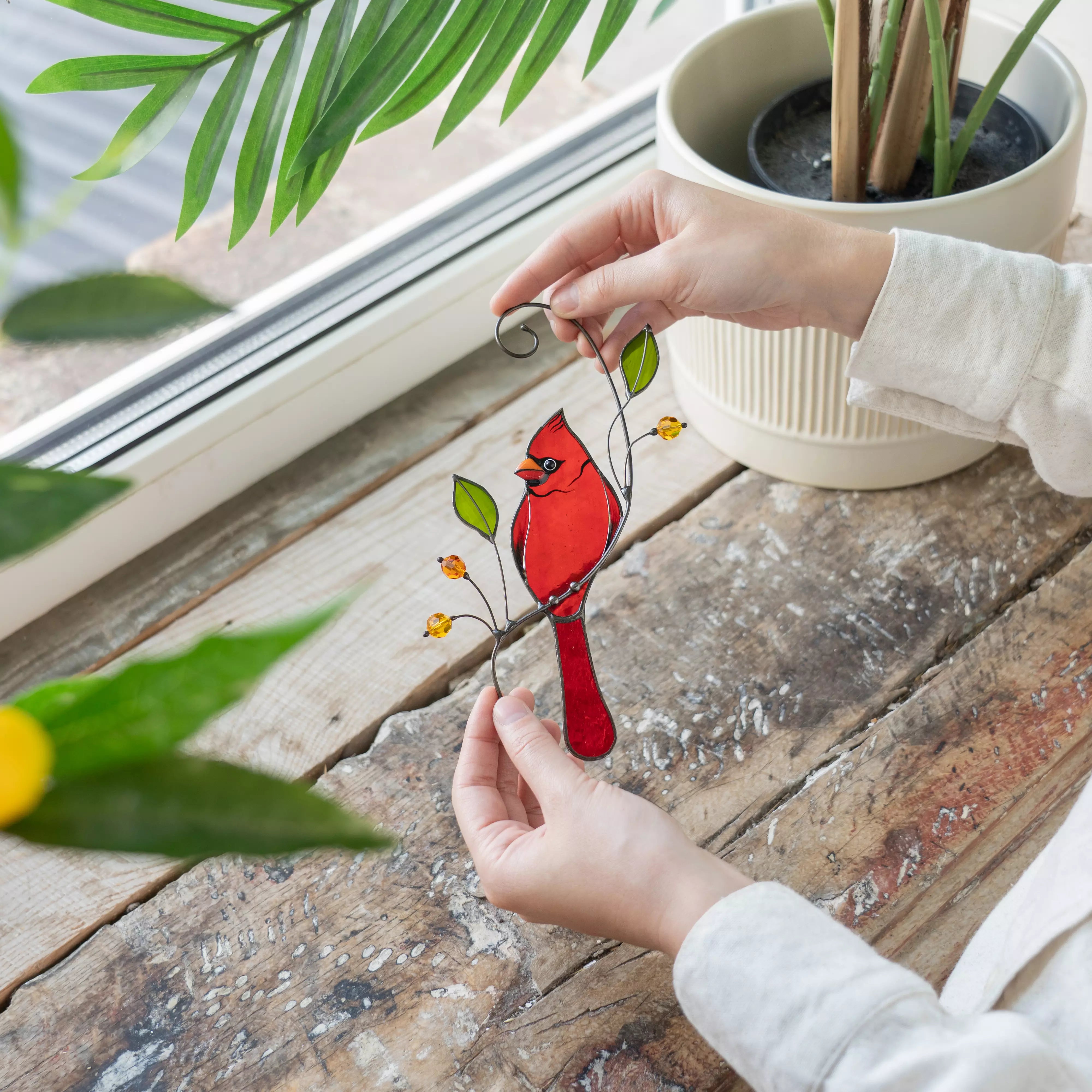Materials for stained glass: features and selection
Stained glass products manufacturing is not only about the artistic potential of talented masters, but about the quality of materials used in the process of creating items. Each material has to be carefully chosen, as they are playing a significant role in bringing forth these captivating artworks.
The First Stained Glass Creations
It is a well-known fact that Stained Glass Art traces back to many centuries before. The earliest evidence of stained glass windows dates back to 675 AD in the monastery of St. Peter in the United Kingdom of Great Britain and Northern Ireland.
Speaking about the techniques of creating stained glass, the glassmaker were rarely the same person back then. This was usually a group of people, where one was responsible for one step of manufacturing. To get the wide spectrum of colors and shades, artists have used metals. Glass sheets, colored with oxides of metals while being in a molten state were created by making a bubble of glass, by heating and then it can be flattened into a glass sheet, because during some period of time the glass remains very hot and in a pliable state.
Glass Types
Every day artists all around the world use various types of glass to create unique stained glass products. These include:
- Cathedral Glass: uniform color and transparency, making it ideal for areas where light transmission is desired.
- Opalescent Glass: contains swirls, streaks, or opal-like qualities within the glass sheet, creating depth and texture.
- Wispy Glass: features delicate wisps or striations of color within the sheet, providing a subtle, flowing texture.
- Textured Glass: comes in various surface patterns, such as hammered, rippled, or patterned textures.
- Baroque Glass: characterized by its irregular surface texture and bubbles, giving it an antique appearance.
- Flashed Glass: consists of two or more layers of different-colored glass fused together.
- Antique Glass: possesses unique imperfections, textures, and colors that add character and historical significance to contemporary pieces.
How Stained Glass Acquires the Color
Nowadays we can see so many colors of stained glass, but how are the different colors of stained glass created? The coloring of stained glass can be achieved through:
- By adding oxides of metal to the glass during the creation process we can change the color of the glass: cobalt for blue, copper for green, and gold correspondingly creates red.
- Mixing specific minerals with the glass can also result in colored glass. For example, by adding iron oxide one can make shades of green.
- After the glass has been formed into sheets, glass artists can apply specialized paints or stains made from metallic oxides mixed with vinegar or gum arabic.
- Some stained glass pieces involve layering different colored glass sheets to create unique shades of color.
- By melting different colored glasses together, artists can create one of a kind gradients within the glass, allowing for intricate designs and unique variations in colour.
What Else Do Artists Use for Stained Glass Creation
However, glass alone is not enough for manufacturing breathtaking stained glass items.
Lead serves as the framework that holds the glass pieces together. This material allows to shape and to assemble the glass elements with precision.
Solder acts as the adhesive that secures the parts between single small pieces of glass. Soldering requires skill and finesse to ensure a seamless bond and retain the integrity of an item.
For more details, artists use special paints. These materials allow for original shading, highlighting, and fine detailing, enhancing the overall aesthetic and narrative of the artwork.
Finishing materials such as patina serve both for functional and aesthetic purposes. It is important to mention that protective coatings save the masterpiece against environmental elements, ensuring its longevity.
Modern Technologies
Contemporary artists and workmen continue to push the boundaries of this art form. Innovations in stained Glass Suncatchers for windows creation, environmentally friendly materials, and experimental designs contribute to a distinct evolution of stained glass art.
Moreover, the integration of technology, such as digital design, offers new possibilities for complex patterns and precision in creation, allowing artists to explore uncharted realms of creativity.
How to Choose the Best Materials
The choice of coloring method depends on the desired effect and the artist's skills. Though, it is really important to know the basic tips. We always advise to use a wet cloth for cleaning stained glass and do not store it in heat.
Stained glass stands as a testament to human creativity and ingenuity. The amalgamation of glass, lead came, solder, and an artist's vision converges to create stained glass pieces of art that not only illuminate interiors but also inspire wonder.
As these materials continue to intertwine in the hands of artisans, the art of stained glass remains a captivating testament to the beauty of craftsmanship and the transformative power of light and color.


